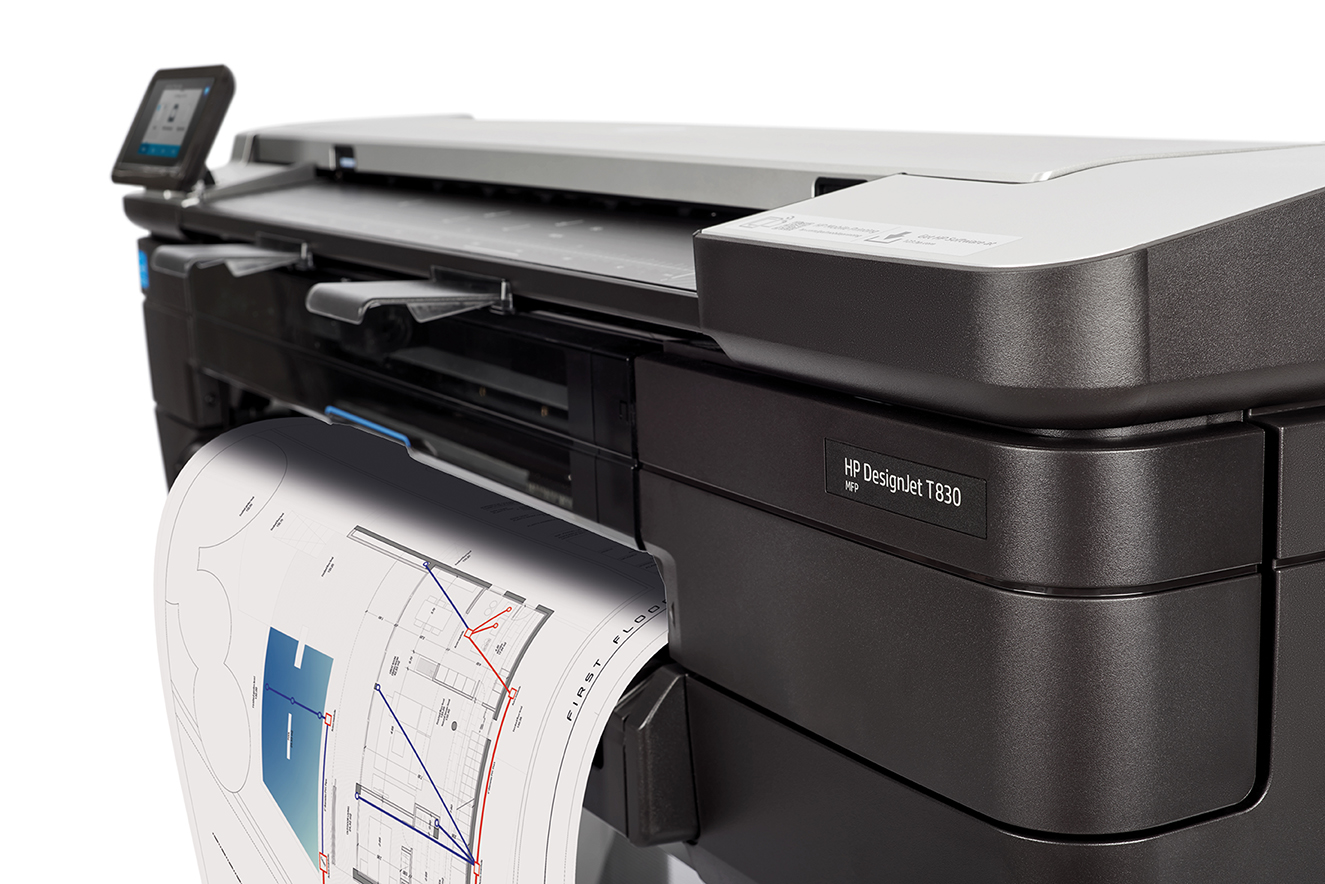A manufacturing process needs to be predictable if it is to be trusted with “money making” parts. True manufacturing has stricter requirements than prototyping in terms of predictability. This is one (of many) reasons 3D printing has struggled to break into the production space. HP’s new MJF 5200 3D printer is a new and improved version of their MJF 4200, which launched about 3 years ago. Most of the improvements in the 5200 are directly targeting production work by addressing print speed, part cost, part quality, and machine reliability.
This article takes a look at how the HP MJF 5200 improves on both part quality and machine reliability to achieve greater manufacturing predictability. When we say “part quality”, we are referring to all aspects of the final printed part; accuracy, repeatability, surface finish, strength, uniformity. When we say “machine reliability”, we are referring to the printer itself. How will one build differ from the next? How often will it break down or have a failed build? Can the machine be relied on 24/7/365 to sustain a business?
Improvements in Part Quality
The HP 5200 can achieve IT=13 tolerances (accuracy) with a CpK of 1.33 (repeatability). This is comparable to soft mold tooling.
These improvements primarily come from HP’s new “Process Control Software”. The new software takes into account machine specific parameters when processing the build file. It uses calibration data specific to the printer to scale and compensate part geometry accordingly. The 5200 now processes and “slices” the build file internally, instead of with external “one size fits all” software.
The HP 5200 also has a much higher resolution thermal camera and a greater number of heating lamps, both of which are located centrally above the build volume on the hood of the printer. After each layer the camera takes a thermal snapshot of the surface temperature. It uses this as feedback for the lamps to deliver the proper amount of energy to each specific “heating zone”. The HP 5200 has 5120 pixel thermal camera resolution vs. 992 pixel resolution on the HP 4200 (5x improvement). This gives the printer the ability to detect more minute temperature variations.
The thermal camera is surrounded by 22 heating lamps with 14 distinct control zones (The HP 4200 only has 20 lamps with 12 control zones) This increased lamp and zone number tie in with the improved thermal camera resolution to carefully control the surface temperature of the build, layer-by-layer.
The MJF process is driven by temperature control and the amount of energy required to melt powder. This is why these improvements are so critical to achieving better tolerances and repeatable builds.
Improvements in Machine Reliability
When a machine goes down in a production environment, it is immediately costing the company money by not producing. The HP MJF 5200 has multiple design changes to improve overall reliability.
A third fusing lamp was added for redundancy. Only two are required at any time. If a lamp dies mid-print, the 3rd lamp kicks in immediately and the build continues. Once the print is complete, the dead lamp needs to be replaced.
The heating lamps are also higher powered lamps. During normal operation, these are now running around 50% power, as opposed to near 100%. This allows more throttle-up and throttle down capability, and less on/off operation. This extends the overall life of the heating lamps.
Temperature control is a critical aspect in the Multi-Jet Fusion process. Because of this, the printer’s surrounding environment can play a role in build-to-build consistency. The 5200 printer has improved seals, fans, and sensors to prevent pressure/suction variations in the environment impacting the airflow and powder internally. The incoming air is also preheated to 40°C to further reduce potential failures or variability.
Finally, one area of manufacturing predictability we haven’t touched on, and may be the most important, is the cost of manufacturing. The HP 5200 improvements in hardware and software lead to a more accurate picture of overall cost. Software can track consumable usage (variable costs) and the reliable machine can predictably build in the cost of maintenance items and service contracts (fixed costs) into your process.
The HP Multi-Jet Fusion 5200 3D printer is the latest advancement in additive manufacturing. It’s a great push in the right direction towards true production 3D printing. These improvements in part quality, machine reliability, and predictable cost structures will certainly open up more applications to use this technology.





